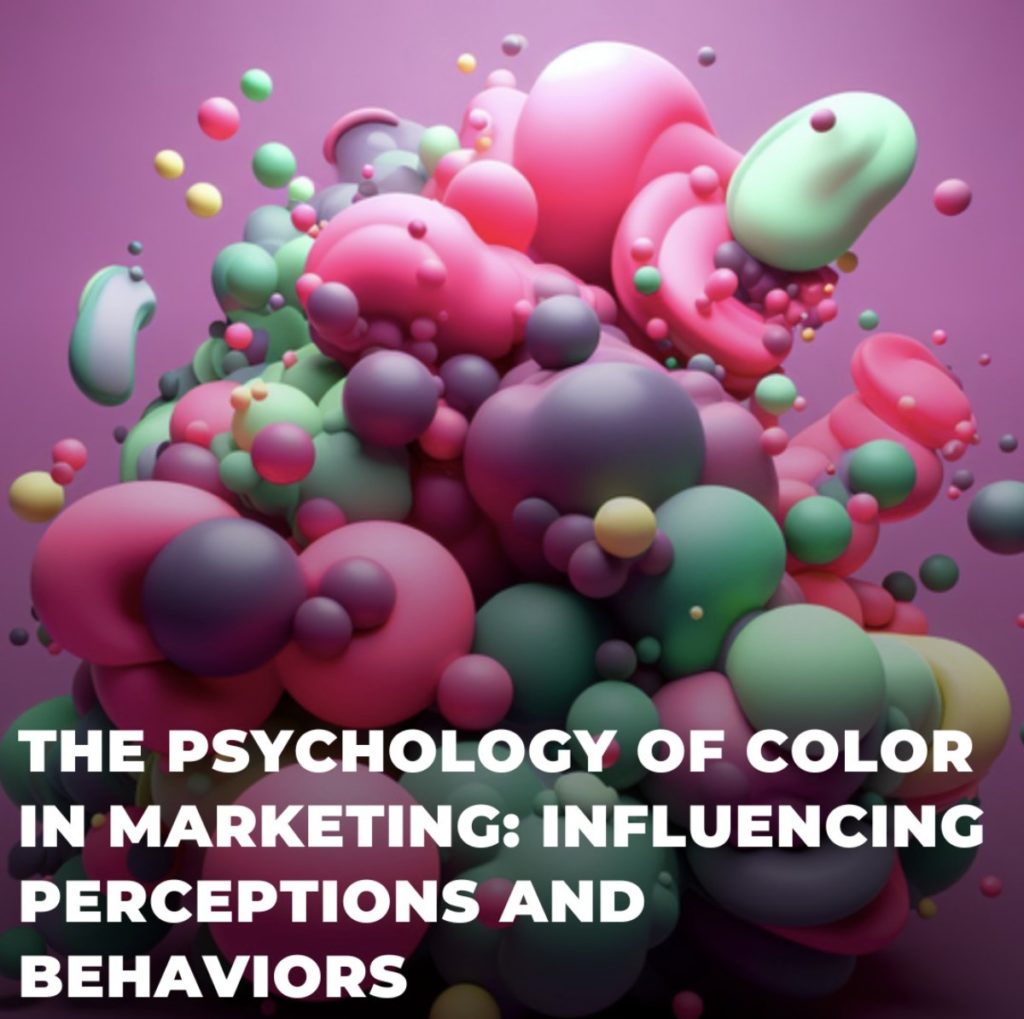In the world of marketing, color is more than just an aesthetic choice; it’s a crucial tool that can significantly influence consumer behavior and brand perception. Understanding the psychology of color can empower marketers to make more effective decisions in their campaigns.
Different colors evoke different emotions and associations. For instance, blue is often associated with trust and dependability, which is why it’s a popular choice for financial institutions and healthcare companies. Red, on the other hand, is known for its ability to evoke excitement and urgency, making it a common choice for clearance sales or fast-food restaurants. Green often represents health and tranquility, making it a go-to for organic and natural products.
However, the impact of color goes beyond general associations. Cultural context can also play a crucial role in how colors are perceived. For example, while white is associated with purity and cleanliness in many Western cultures, it is often associated with mourning in some Eastern cultures.
The combination of colors and their use in marketing materials can also influence the effectiveness of campaigns. Contrasting colors can be used to draw attention and highlight important messages, while complementary colors can create a sense of harmony and balance in design.
When considering the psychology of color in marketing, it’s crucial to address the aspect of accessibility. For individuals with color blindness or other visual impairments, the spectrum of colors they can perceive is limited, impacting how they interact with websites and marketing materials. To ensure inclusivity, marketers must be cognizant of their color choices. This includes using high-contrast color combinations for readability and avoiding color schemes that are difficult to distinguish for those with color vision deficiencies. By prioritizing accessibility in color selection, brands can create more inclusive and user-friendly experiences, ensuring their message reaches and resonates with a wider audience.
Understanding the psychology of color in marketing is not about adhering to strict rules but about understanding the general perceptions and emotions colors can evoke. This knowledge, combined with an understanding of a brand’s identity, target audience, and cultural context, can lead to more impactful and resonant marketing strategies.
The strategic use of color in marketing is a powerful way to influence consumer behavior and shape brand perception. By understanding the psychological effects of different colors, marketers can create more compelling and effective campaigns that resonate deeply with their audience.
